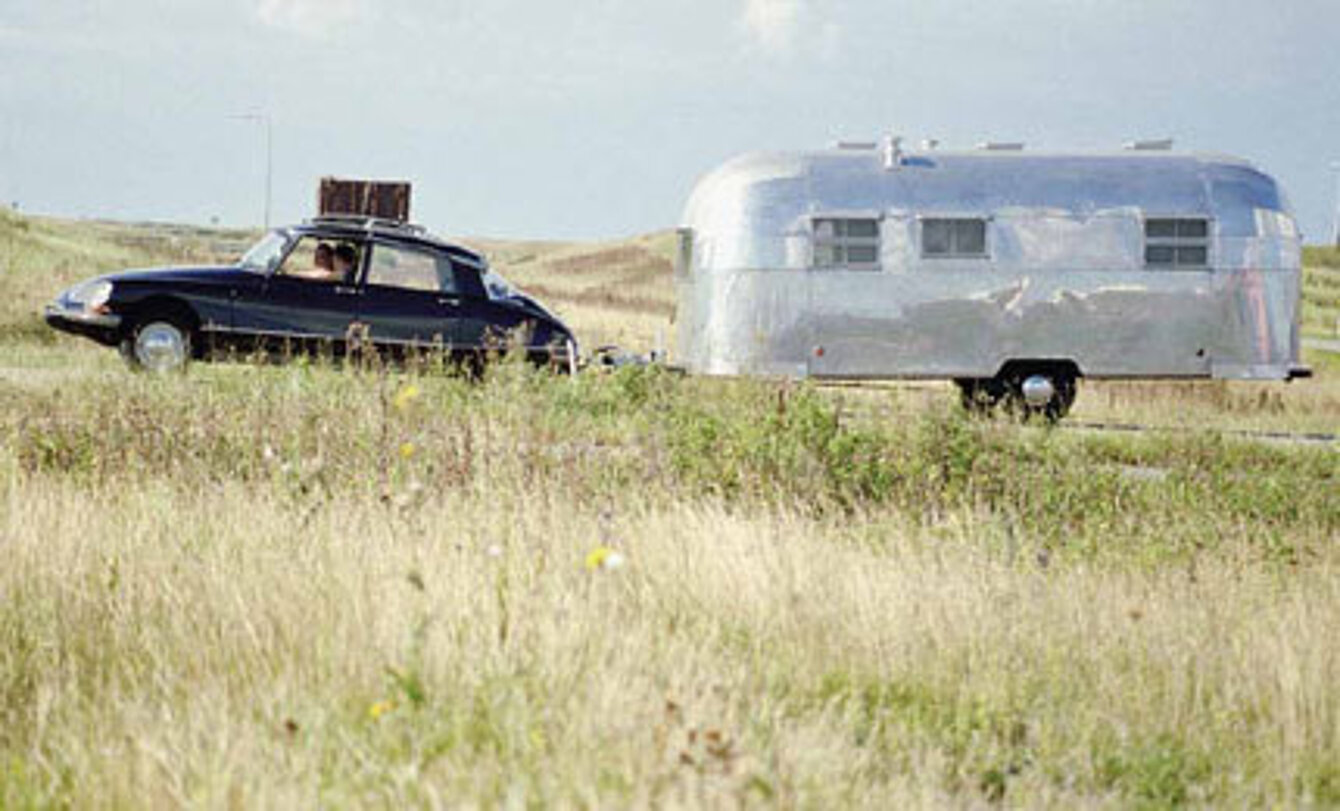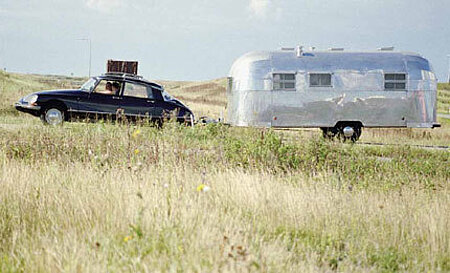Flexibility, mobility and multifunctionalism have always incited formal and technical innovations.
Furniture or buildings complying with these criteria have always been regarded as groundbreaking and modern. So it has already been one of the central preoccupations of Modernism to make the domestic environment more flexible, either through multifunctional furnishing or multipurpose rooms that merged into one another. Gerrit Rietveld’s Haus Schröder of 1924/25 with its multipurpose rooms and movable walls is one of the most significant examples for this.
The desire to detach architecture and design from the merely static and stationary has been a main preoccupation of almost all great designers – from Gerrit Rietveld, Frank Lloyd Wright and Mies van der Rohe, Charles and Ray Eames, Jean Prouvé, Joe Colombo or Achile Castiglioni up to Rem Koolhas or Shigeru Ban.
The pursuit of and the desire for flexibility has always been a central issue for mankind. Testimonies for the necessity of flexible design for dwelling can be found in all cultures, manifesting themselves in objects such as early European stair ladders, North African tents or South American hammocks. Concerning this aspect of flexible dwelling, the exhibition presents, for example, objects of the 19th century like a Usbek yurt, sleeping mats from Malaysia and the Southwest Pacific, or a wall screen from China.
Rapidly changing living conditions and technological advances in the 20th and the 21st century have only reinforced the relevance of the subject. As the boundaries between work and private life become increasingly blurred today and mobile and independent lifestyles gain in importance, we are looking more than ever for dwelling possibilities that are freed from fixed patterns and predetermined locations. So architects and designers have aimed at adapting our domestic environment to these new parameters. Shigeru Ban’s Naked House (2000) with its room units that can be wheeled outside, Steven Holl’s Fukuoka Apartments (1992) whose interior layout can be completely transformed by means of pivoting and folding partition walls, the rotating living module TurnOn by awg_AllesWirdGut (2000) or the transportable NheW-house of the group OpenOffice/COPENHAGEN Office (2000) are important examples for this.
Living in Motion invites its visitors to an extensive tour through the world of flexible dwelling. Last but not least, the herebyidentifiable reflections and resultant innovations in design and architecture become visible on the exhibition’s very location - the Kunsthaus Graz.
Exhibition Catalogue
With text contributions by Mathias Schwartz-Clauss, Robert Kronenburg, Stephanie Bunn, Annemarie Seiler-Baldinger, Stephan Rammler, Antje Flade, Peter Dobers, Lars Strannegård. The catalogue is available in German and English. Published by the publishing house of Vitra Design Stiftung GmbH, Weil am Rhein, (D) 2002.





















